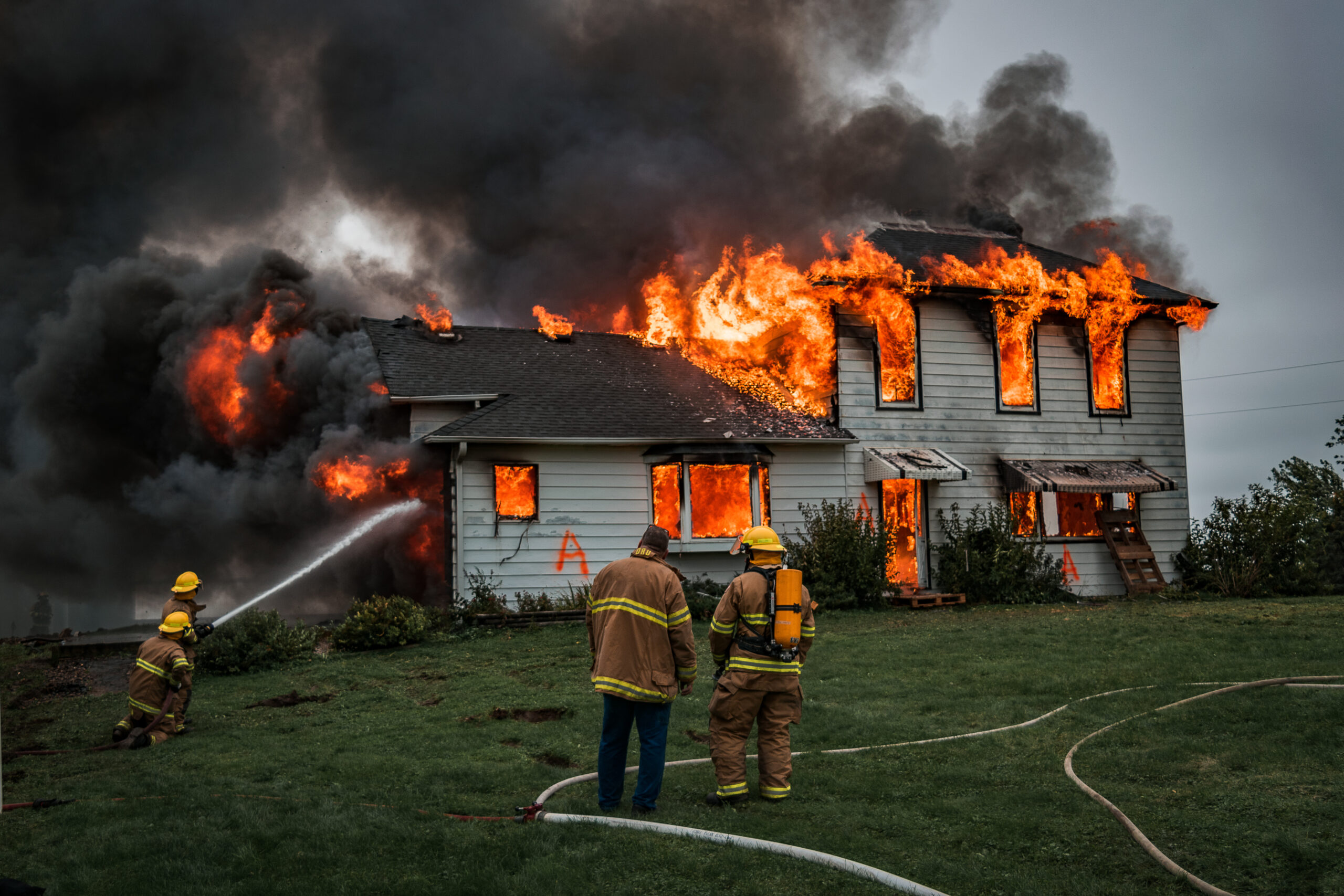Fire and flood restoration is the process of returning a building to its pre-damaged state. This includes removing all damaged materials, cleaning up the remaining surfaces and repairing anything that can be saved.
When flooding occurs, a property may contain electrical wiring or flammable items that could combust. It is important to remove all flammable items from a home until it is safe and dry.
Drying
Water damage due to flooding, a burst pipe, or from firefighting efforts needs prompt restoration. A fast response will help to limit the amount of water damage and protect property from future problems like mold and rotting wood.
Once the water is removed, the drying process begins. Professionals use air movers and dehumidifiers to dry wet materials and keep the moisture level under control. Moisture mapping is a key part of this phase as it helps to understand the extent of the water damage.
This is done by a humidity meter that measures the air’s moisture content and compares it to the dew point, which is a measurement of how much water is in the air. It also helps to identify hidden moisture behind walls or under floors. Dehumidification uses fans and refrigerated coils to draw in humid air, lower the temperature, and cause the moisture to condense and drip off into a tank or outlet.
Sanitizing
Once the fire damage restoration team is able to access the property after it’s been declared safe, they will clean the remaining dust, debris and smoke and soot residue from items and surfaces. This includes walls, ceilings, floors, and carpeting. They will also apply deodorizers and other chemicals to remove smoke odors.
Soot is particularly damaging because of its acidic components and corrosive properties. It can discolor porous materials such as paint and wallpaper and stain or degrade fabric, rugs and furniture. It can also cause electronics to short circuit.
Restoring the environment through sanitizing and repairing the structure will help restore your home’s value. Unresolved flood or fire damage can turn off potential buyers and lead to a more difficult time selling your home. Unchecked water or fire damage can also result in structural issues that are expensive and time-consuming to fix. Moreover, they can create mold and other health risks. If you’re experiencing either of these issues, it’s important to address them immediately with a professional.
Reconstruction
Restoring the environment through reconstruction is another important aspect of fire restoration. This step may include repairing damage to the building, drywall, and flooring. It can also involve restoring personal belongings. The fire restoration company can clean clothes, linens, and other items that have been affected by smoke or soot. It can also remove unpleasant odors from the property.
Water damage is a serious problem after a fire. It can cause structural damage to the building and ruin its contents. It can also lead to the growth of mold and other microbial organisms. Water damage restoration is an important part of fire restoration and should be addressed promptly.
Fire and flood damage can be devastating, but professional restoration services can help restore the environment and ensure that the building is safe to return to. To prevent further damage, it is essential to schedule restoration services immediately after a disaster occurs. This will help reduce the cost of repairs and minimize further damage to the structure.
Repairs
After the cleaning and sanitizing phases, professionals will repair all remaining damaged items and structures. This includes replacing walls, ceilings, and other structural components. In addition, experts will repair electrical and plumbing systems.
It’s important that fire and flood restoration work is done correctly to ensure a safe environment for occupants. This is especially true when it comes to fire restoration because the process typically runs in conjunction with water damage restoration due to the amount of water used by firefighters to extinguish the flames.
In addition to repairing all damaged parts of the building, water and fire restoration contractors will also treat the soil with deodorizers and other substances that will neutralize smoke odors. These methods include thermal fogging and ozone treatment that will break down odor molecules and leave behind a fresh, clean smell. In addition, these chemicals will also help prevent fungus growth and mold. Fungus and mold can be very dangerous for people to breathe, so it’s crucial that they are removed from the property.

